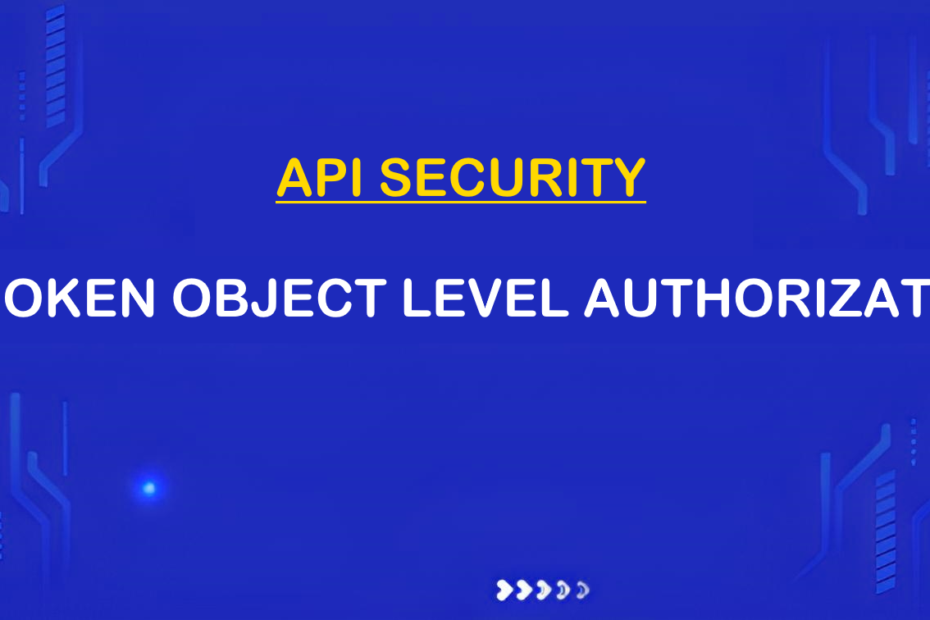Introduction:
In the realm of API security, uncovering vulnerabilities is crucial to ensure the integrity of systems and protect sensitive data. One such vulnerability is Broken Object Level Authorization, where an API fails to enforce proper access controls on a per-object basis. In this blog, we will delve into testing and exploiting API1:2023 – Broken Object Level Authorization using the powerful combination of Postman and Burp Suite.
Tools Required:
- Postman: A popular API development and testing tool.
- Burp Suite: An advanced web application security testing toolkit.

Practical Example: Widget Store API
To illustrate the concept of Broken Object Level Authorization, let’s consider a hypothetical Widget Store API. The Widget Store API is designed to manage widgets, allowing users to create, update, and retrieve widget data. Each widget has an associated owner, and users can only view and modify the widgets they own.
The API has the following endpoints:
- GET /widgets/{id}: Retrieves the details of a widget.
- POST /widgets: Creates a new widget.
- PUT /widgets/{id}: Updates the details of a widget.
- DELETE /widgets/{id}: Deletes a widget.
Step 1: Understanding the API and Authorization Mechanism
Before testing the Broken Object Level Authorization vulnerability, it is crucial to familiarize yourself with the API’s endpoints and the underlying authorization mechanism. Identify the endpoints related to object retrieval, creation, modification, and deletion. Determine how the API validates and enforces authorization for these operations.
Step 2: Setting Up the Testing Environment
Launch Postman and Burp Suite, ensuring they are properly configured to intercept and analyze API requests. Configure Postman’s proxy settings to forward requests through the Burp Suite proxy.
Step 3: Testing for Broken Object Level Authorization
- Sending Authorized Requests: Begin by sending authorized requests using Postman, ensuring you have proper access credentials and permissions. Verify that you can retrieve, create, modify, and delete objects within your authorized scope. This establishes a baseline understanding of the expected behavior.
- Modifying Object IDs: To test for Broken Object Level Authorization, attempt to manipulate the object IDs in the API requests. For example, if they GET request for retrieving a widget is structured as “/widgets/{id}”, try substituting your own object ID with that of another user. Send the request and observe the API’s response. If the API returns data associated with the manipulated object ID, it indicates a potential vulnerability.
- Unauthorized Access: Similarly, attempt to access objects you are not authorized to access by crafting requests for other users’ objects. If the API allows unauthorized access and returns sensitive data, the Broken Object Level Authorization vulnerability is likely present.
Step 4: Analyzing Requests with Burp Suite
- Intercepting and Modifying Requests: Use Burp Suite’s proxy functionality to intercept the requests sent from Postman. Analyze the intercepted requests to identify parameters, headers, or any other elements related to object IDs or authorization.
- Tampering with Object IDs: Modify the intercepted requests using Burp Suite to tamper with the object IDs and see if the API still allows access to unauthorized objects. Observe the responses to assess the vulnerability
Step 5: Reporting and Mitigation
Once you have successfully exploited the Broken Object Level Authorization vulnerability, it is crucial to report it to the appropriate parties responsible for API security. Provide detailed steps, examples, and any supporting evidence to help them understand the issue. Encourage prompt mitigation by implementing stricter access controls, server-side validation, and proper authorization mechanisms.
Conclusion:
Testing and exploiting the Broken Object Level Authorization vulnerability using Postman and Burp Suite is an essential step in identifying and addressing security weaknesses in APIs. By understanding the vulnerability’s nature and utilizing these powerful tools, security professionals can uncover potential flaws, protecting systems and sensitive data from unauthorized access and manipulation. Regular security testing and robust authorization mechanisms are crucial to ensure the integrity and confidentiality of APIs and the underlying systems.
Citations:
API1:2023 Broken Object Level Authorization – OWASP API Security Top 10
API1:2019 Broken Object Level Authorization – OWASP API Security Top 10
For further clarifications or support, please write to contact@paradigmitcyber.com

